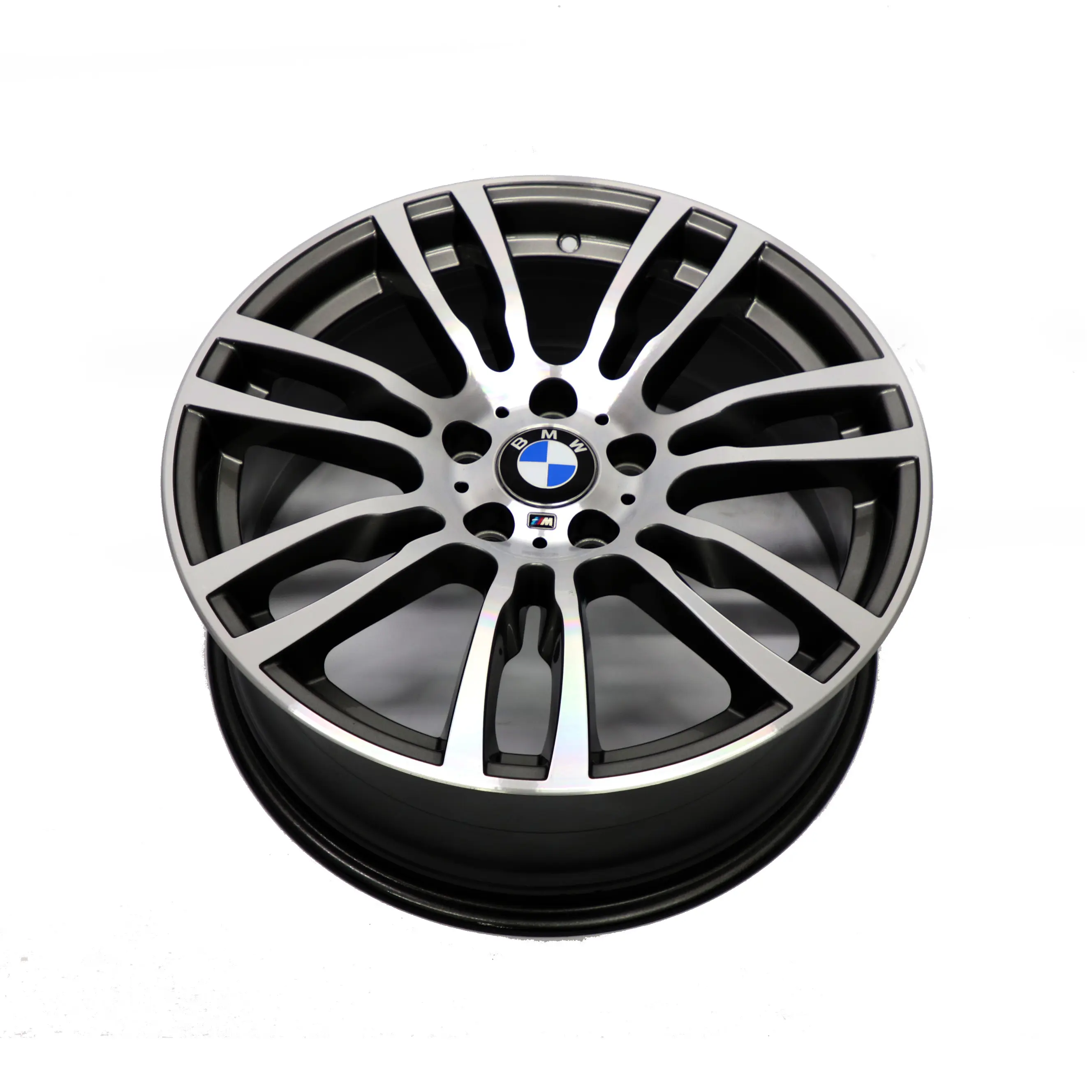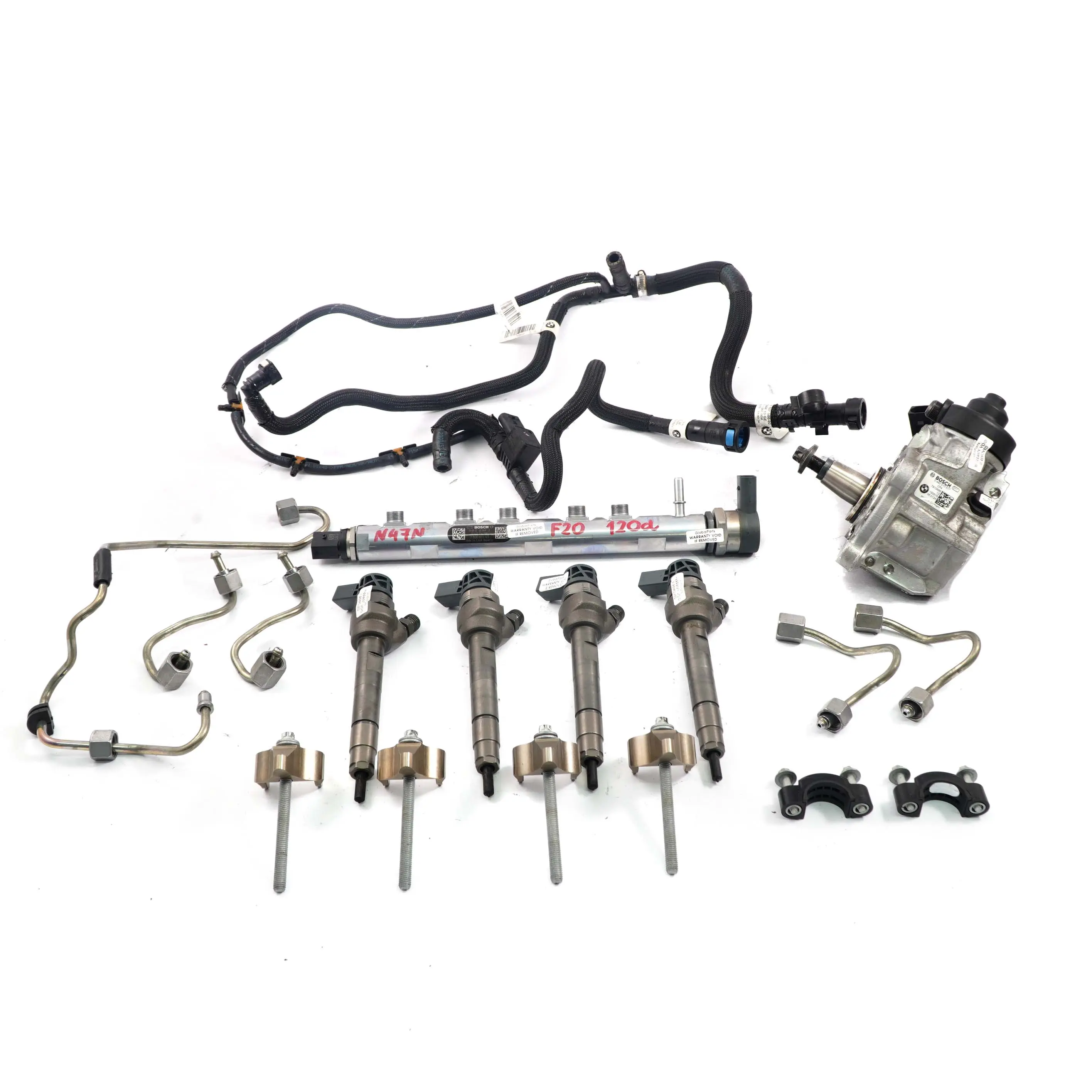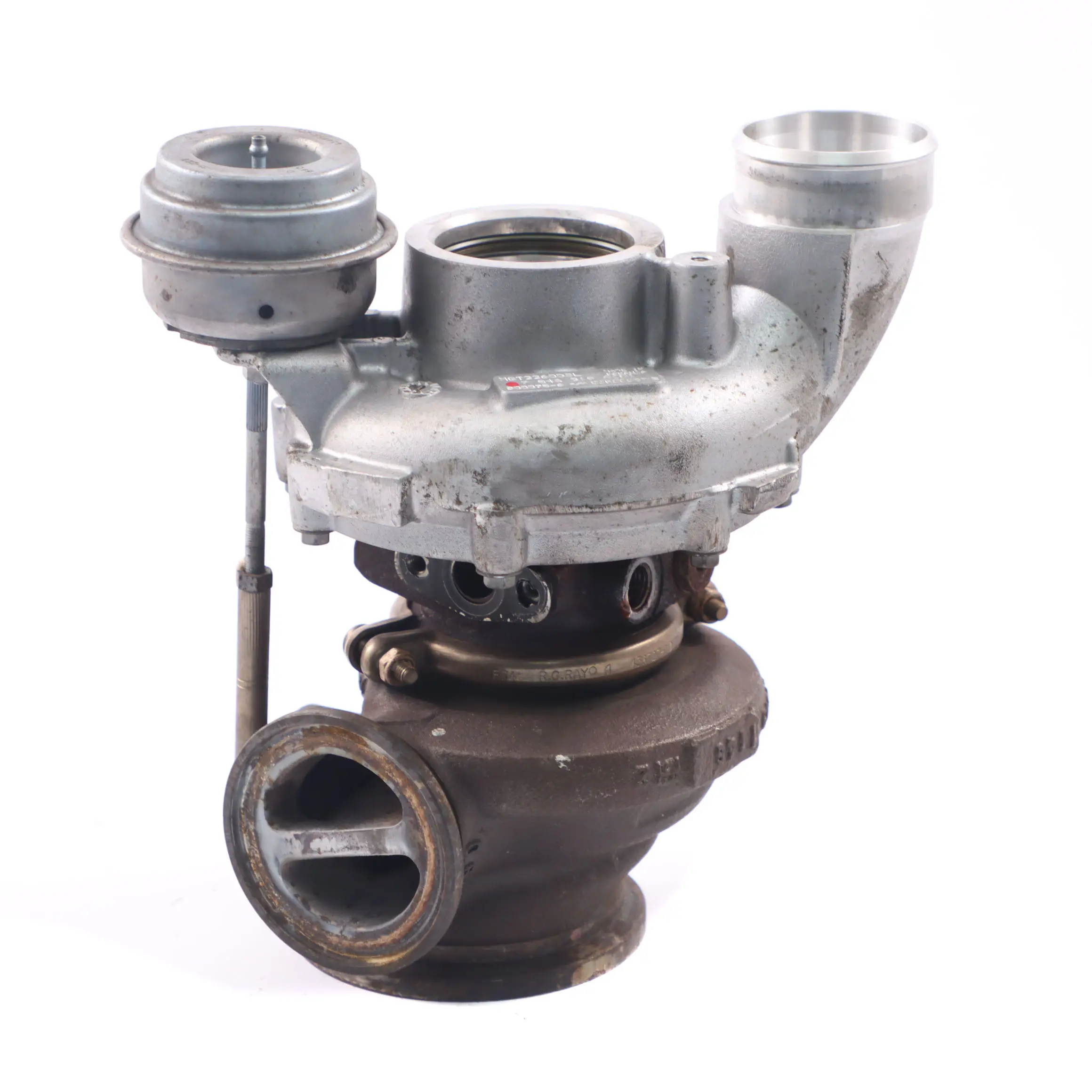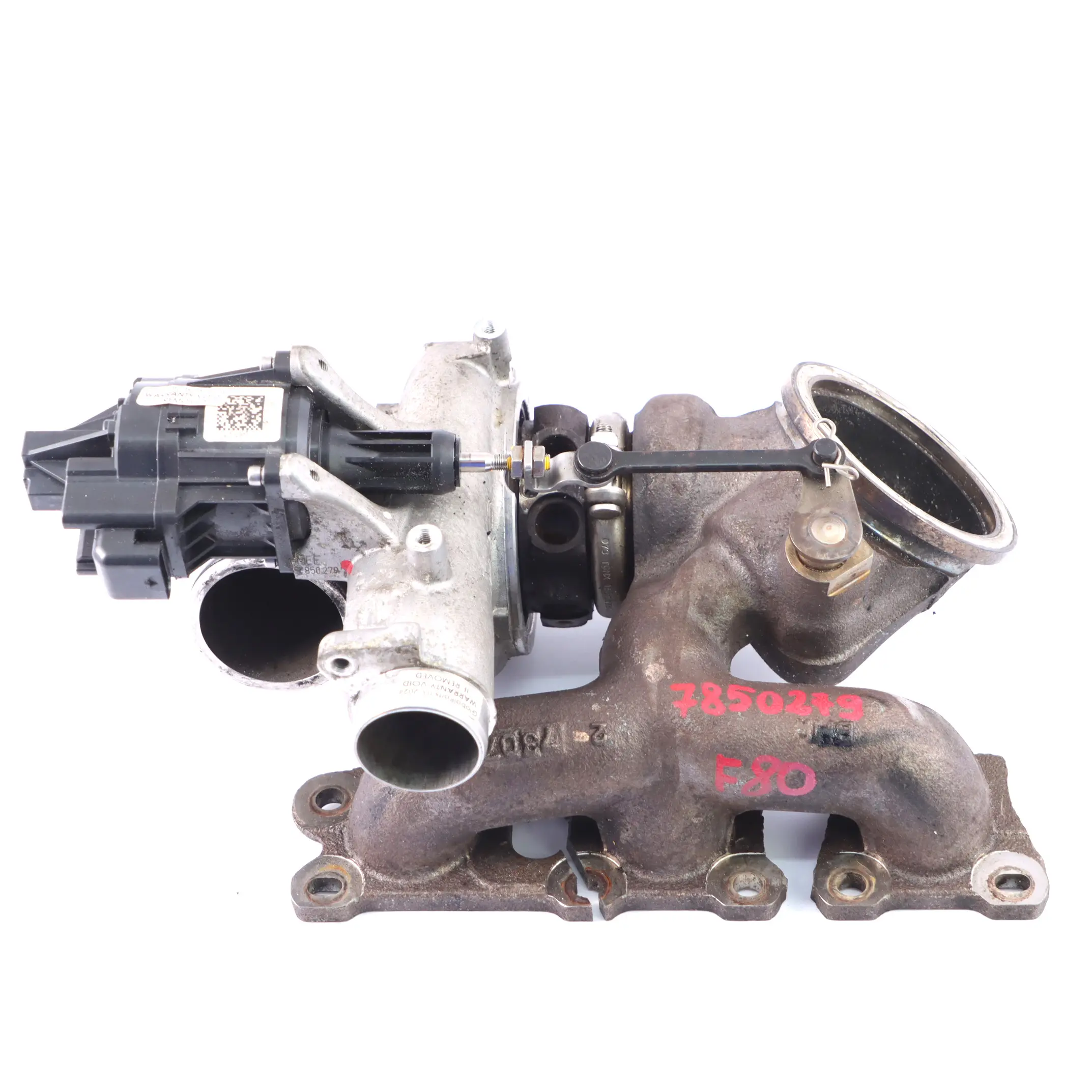The year 2025 is slowly coming to an end, so it's a good time to take stock and plan your next garage moves. The strongest tuning trends today are the combination of new materials, 3D printing, and digital personalization within the car's software. At the same time, used car parts (used OEM) dominate repairs and "right now" mods, which shorten assembly and lower TCO without sacrificing factory points and pins. Subscription-based features and personalization tools have also entered the game, allowing you to shape the character of your car beyond the mechanics. The text compiles facts confirmed by market data and reports, without making up trends, with references to practical applications ( car parts, BMW parts, Parrot CK3100, RNS 310 ). Tables and FAQs are provided at the end, and the Global Parts automotive store will subtly help you verify fit and availability for your specific project.
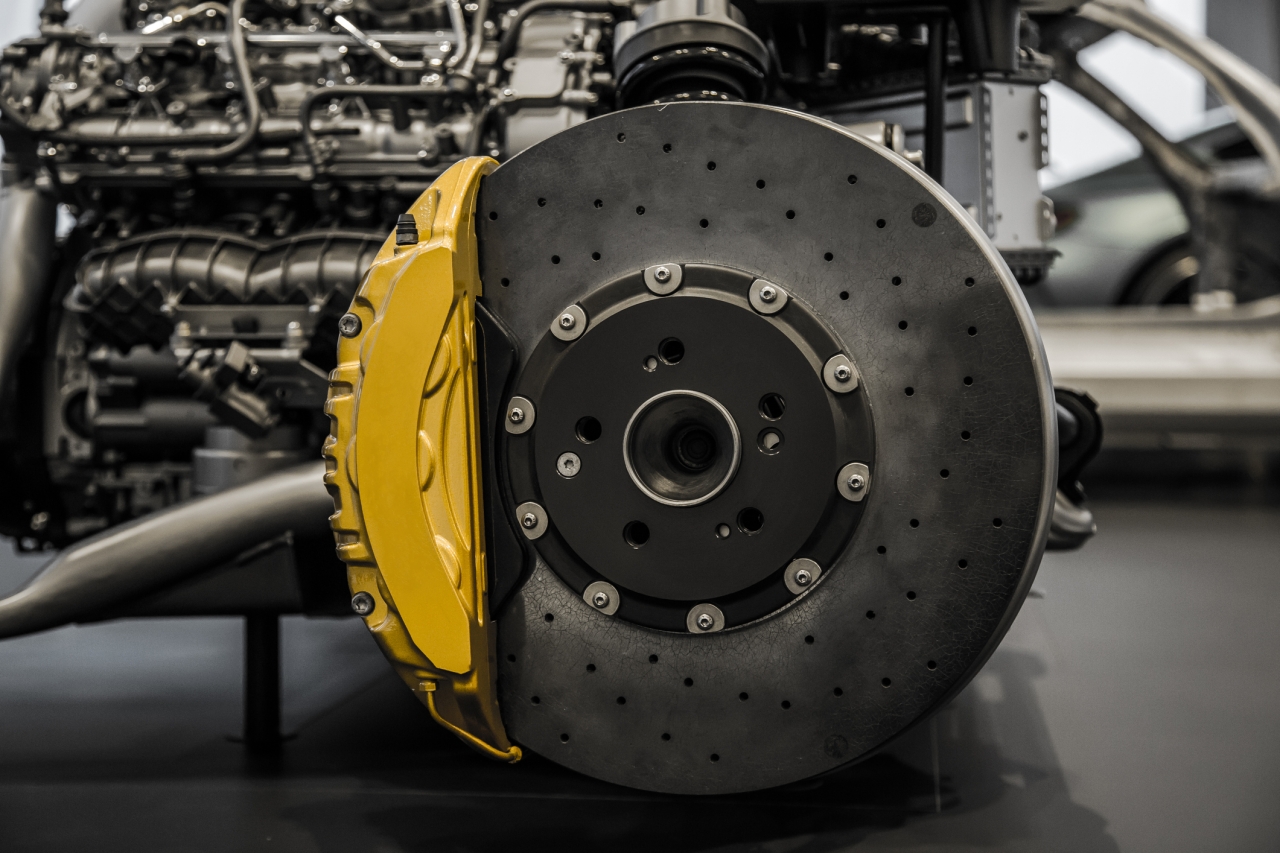
Tuning trends – digital personalization and OTA in software-defined vehicles (SDV)
A visual start: car configuration is starting to shift from the key and torque wrench to menus and apps, as more and more vehicles become " software-defined ." In practice, OTA updates are expanding from infotainment to functions affecting driving, comfort, and performance, and the scale of SDV is growing double-digits along with investments in electronics and connectivity. In data: the SDV market was already measured in hundreds of billions of USD in 2024-2025 and is expected to maintain a high CAGR until 2032, and OTAs are seen as the key to continuous improvements without a service visit. At the same time, industry journalism reminds us that, apart from the digital leaders (EV-native), many manufacturers are still consolidating their FOTA architecture and practices. For tuning, this means a shift in emphasis: some of the "power" and responsiveness is being transferred to maps and profiles, which can be legally activated or updated in accordance with the manufacturer's policy. The end result: SDV and OTA are a trend that redefines "mod," but requires caution regarding warranties, data privacy, and homologation compliance.
Tuning trends – what does it mean for the workshop and the user?
In short: today, a driving profile can be shaped by a map and a package of functions, just as it can be by a differential /differentials and springs set. Online diagnostics are becoming increasingly important in workshops, and in hybrid projects (mechanics + software), the planned order is: hardware first (e.g., 37 styling, BMW E46 steering wheel ). Then, profiles in the drivers. In practice, it's worth planning an update policy, a backup of settings, and verification after OTA (a short log loop and adaptation reset). The user gains a smooth "upgrade," but should be aware of subscriptions and the differences between OTA and FOTA infotainment affecting the drive. In premium segments, this is already standard – and a signal that tuning 2026 will be even more "digital."
Tuning trends – new materials and 3D printing in stylistic and functional elements
A visual start: printers and composites are moving from labs to tracks, and from tracks to garages – personalization is no longer just "off the shelf." Reports on automotive 3D printing indicate a very high CAGR until 2034 and the growing role of large formats and metals; the media also widely covered the first road structures in which 3D printing is the main manufacturing method. For tuning, this means a shorter path from design to component: brake cooling ducts, intake ducts, sensor mounts, or custom panels for radios with navigation ( RNS 310 /RNS310) can be created faster and cheaper. New materials (resins, sinters, sandwiches) allow for weight reduction without losing stiffness, provided that tolerances and operating temperatures are maintained. In the data: forecasts indicate a sharp increase in the value of the AM market in the automotive industry and the widespread use of additive components also outside the prototyping shop. Practical conclusion: 3D printing is not a gadget – it is a tool that shortens iteration and supports the maintenance of older models, also thanks to the digitization of rare " BMW parts ".
Tuning trends – what makes sense to print and what to stick to OEM
In short: printing works well for air ducts, covers, accessory brackets, and impact sensor adapters; for load-bearing components, stick with certified parts. In the cabin, 3D printing for custom audio (CK3100 Parrot/Parrot CK3100) and "double-DIN" panels makes installation easier without cutting the original. In the drive area, printing is recommended as a supplement (clamps, air deflectors), and for components that operate under high temperature/load, look for AM metal with parameters and quality control. Always leave "plan B": drawing + parameters, so that if necessary, you can return to used OEM (car for parts, BMW parts).
Tuning trends – personalization "as-a-service" and 3D configurators in the aftermarket
A visual start: a screen instead of a catalog – the user "assembles" the mod in 3D, and the workshop receives a BOM and assembly path. The market describes the growth of personalization in the aftermarket and a "software" approach to configuration, which speeds up selection and reduces fit errors. In the data: analyses from 2025 speak of a dynamic personalization market and tools that provide accurate data about parts to configurators. In practice, the share of subscription-based feature packages that "enable" selected car features without replacing hardware is growing – it's a different type of tuning, but with a real impact on the experience. For the workshop: less time for consultations, more time for implementation, because the customer comes with a "design," not just an idea. For the user: lower risk of unsuccessful purchases and better control over budget and TCO.
Tuning trends – a "digital gauge" for mechanics and interior
In short: the configurator helps you match a BMW E60 rim/BMW E90 rim with styling 37, a BMW E46 steering wheel with an airbag and wiring harnesses, and a " radio with navigation " with a wiring list. For differentials and engine mods ( m54b25 / m54b30, n47, m62b44, car engine), the tools facilitate the compatibility of gear ratios and accessories. For connectivity accessories (ck3100 parrot, rns 310), the configurator adds frames, connectors, and adapters. The result: fewer returns, shorter assembly, and more time for fine-tuning details.
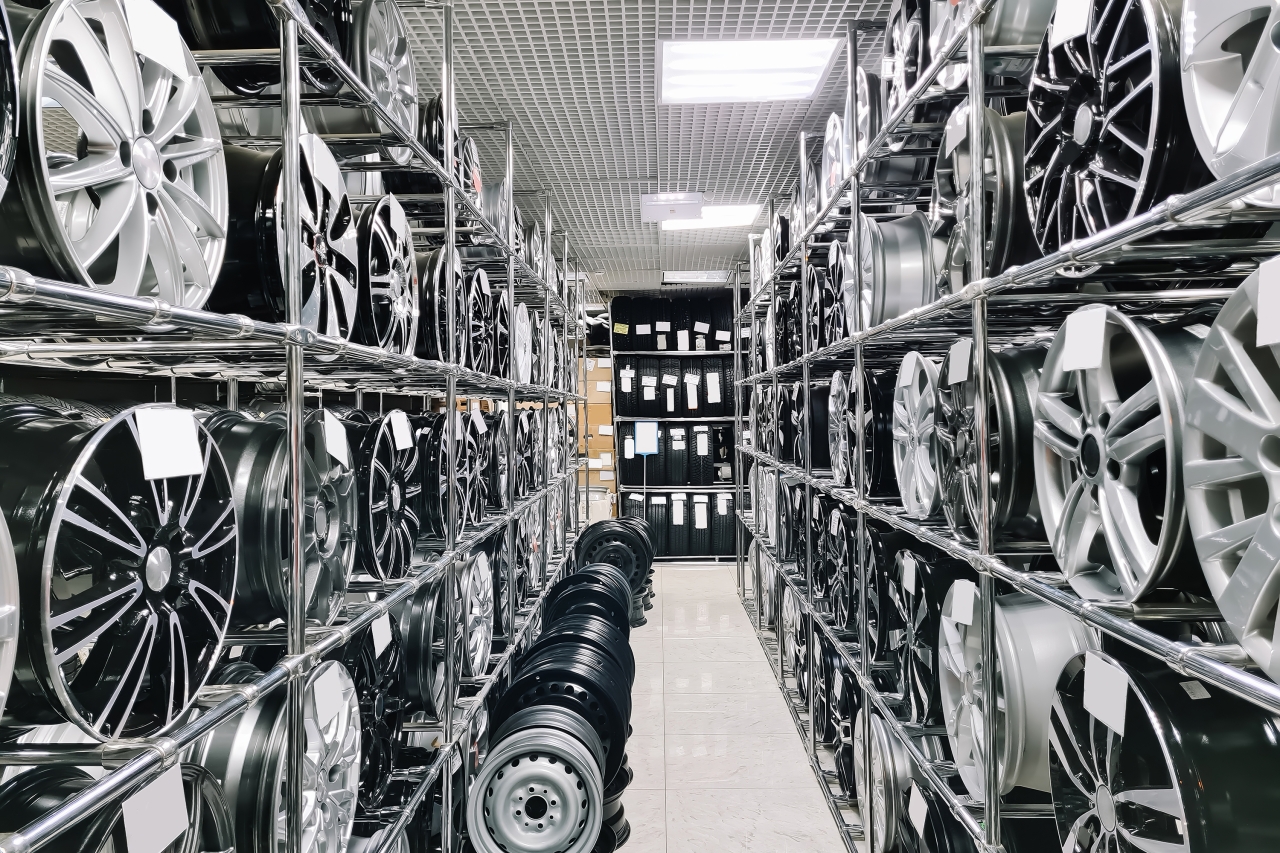
Tuning trends – "used OEM" as a pillar of race-ready and street-ready
A visual start: time is the new currency – the fastest way to drive is through used OEM parts that fit without a hitch. The "circular" trend in the aftermarket is confirmed by reports of the growth of the entire industry and the emphasis on availability and predictability of installation. In real projects, BMW parts/BMW parts and "Euro parts" from the aftermarket help to complete the modification in a single approach: a differential (ratio!), rims, steering wheel, panoramic roof, impact sensor – all from a single model year. For the workshop, this means faster "billable hours", and for the user, a lower TCO; the phrases "cars parts/car parts/car part/parts car" are just the starting point – the final word is the VIN/OEM anyway. In the data: the global aftermarket grew in 2024–2025 and has a moderate CAGR until 2032, and 3D printing and SDV only increase the need for quick availability. Conclusion: used car parts are not a "replacement" – they are the first choice for tuning and maintaining older and popular models .
Tuning Trends – How to Buy Used OEM Cars Smartly
In short: first the VIN/OEM, then photos of the plates/indexes, and finally the BOM of the small parts (gaskets, screws, O-rings). For electronics (rear electronic module), ask about the software generation and pairing; for the drive (differential), confirm the "ratio" and flanges; for the interior (BMW E46 steering wheel), match the airbag and MFSW. For connectivity, check the list of wires and connectors (CK3100 Parrot, RNS 310), and for wheels – ET/width and load capacity. This scheme limits corrections and shortens the "off-road" time.
Tuning trends – digital accessories and retrofit integration (IoT/audio)
A visual start: hands-free kits, BT modules, and navigation systems have become part of the car's "persona" – comfort begins with a seamless connection. Units from the RNS 310 family are popular on the market, and Parrot adapters (Parrot CK3100/Parrot CK3100) dominate the accessories market, as they can be integrated without destroying the factory. In practice, audio/IoT retrofits offer a quick UX upgrade: better calls, streaming, navigation, and reversing video – without sacrificing the OEM look & feel. The order of the harnesses and network load are important for tuning: good documentation saves time and the risk of errors. Industry newsrooms emphasize that customizing functions and connectivity is part of the broader digital transformation of the automotive industry.
Tuning trends - plug-in selection and post-installation test
In short: choose an accessory by its OEM/family number, not just the model name; plan for power, grounding, and earthing. After installation: test connections, reset errors, calibrate sensors (if a reversing camera is involved), and conduct a test drive with a phone call. For cars older than 10-15 years, it's worth planning to replace a few clips and cable ties right away, as the plastic can chip. If you're integrating a panoramic roof with the lighting harnesses, consider the current and fuses—these are the details that determine "zero drama." TABLE – tuning trends 2025 (brief summary)
| Tuning trend | What is changing | Where does it make sense | What to check |
|---|---|---|---|
| SDV/OTA personalization | profiles, maps, FOTA/infotainment | new and younger generations | update policy, warranty |
| 3D printing and materials | fast iteration, lighter details | air ducts, panels, handles | tolerances, operating temperatures, certifications |
| 3D configurators / subscriptions | digital BOM, fewer returns | wheels, interior, connectivity | ET/MFSW compliance, harnesses, licenses |
| Used OEM / circular | time to readiness and TCO | differential, rim, steering wheel, ECU | VIN/OEM, ratio, flanges, airbag |
| IoT/audio retrofit | BT, HF, navi, cameras | RNS 310, Parrot, BT modules | cables, network load, coding |
FAQ – Tuning 2025: Materials, Digitalization and Used OEMs
| Question | Short answer |
|---|---|
| What really accelerates the project in 2025? | Used OEM + 3D configurator + pre-BOM of general parts, less corrections, faster assembly. |
| Is 3D printing suitable for load-bearing elements? | Typically not in a garage setting; stick with certified OEM/reman. |
| Is OTA already tuning? | This is legal personalization of profiles/functions; remember the manufacturer's warranty and policy. |
| Where does 3D printing give the greatest effect? | Cooling channels, panels, holders for connectivity accessories. |
| How to buy used oem? | VIN/OEM, photos of plates, ratio/flanges/ET/MFSW; list of general cargo. |
| Is aftermarket personalization on the rise? | Yes – 2025 reports confirm the trend and new configuration tools. |
